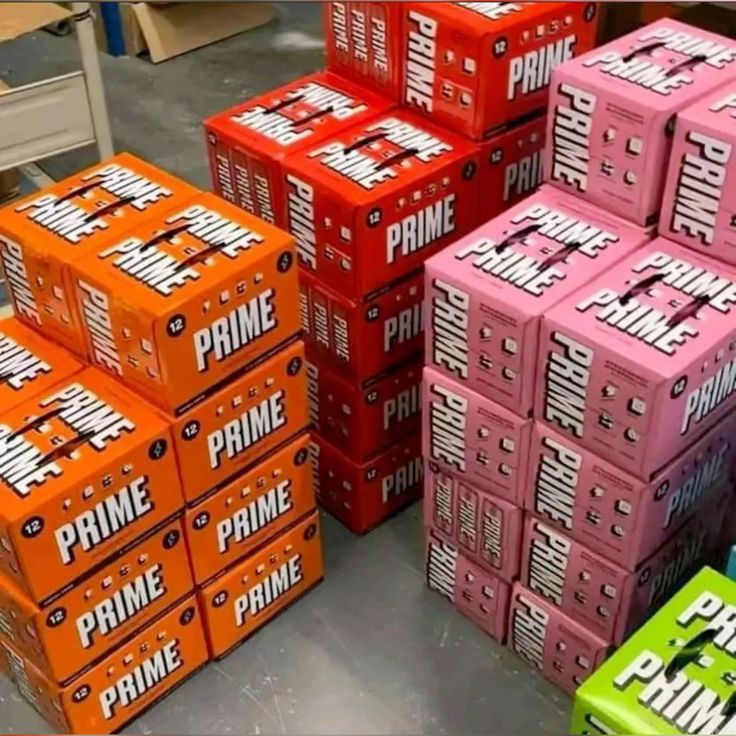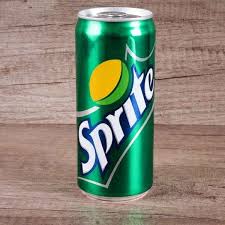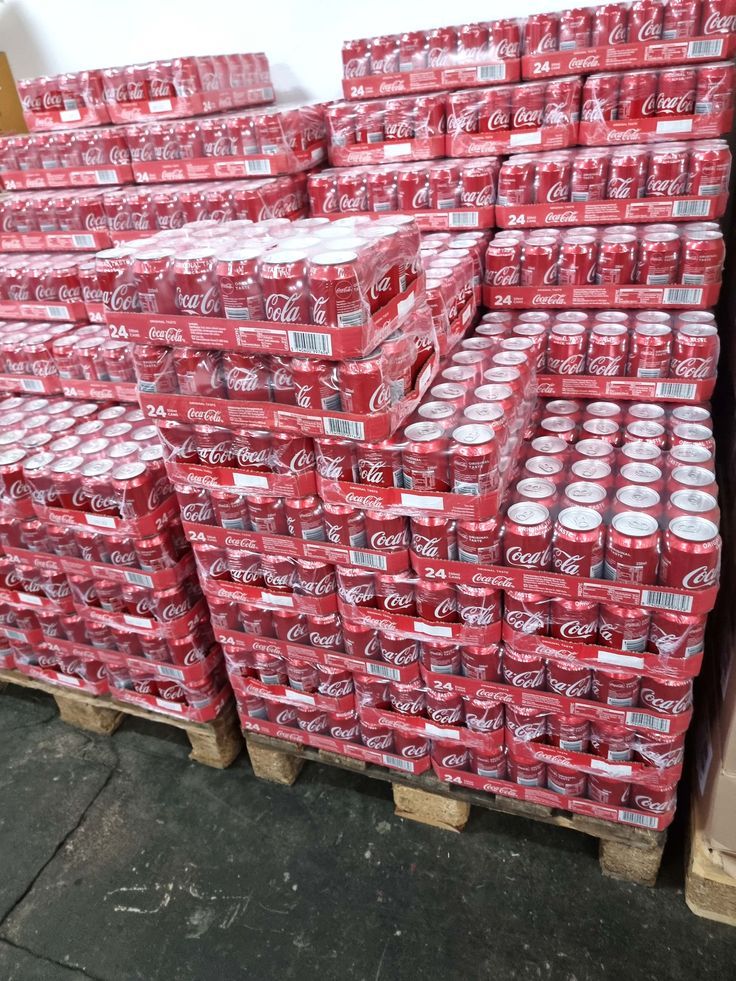Description
Introduction to Fanta Orange Soft Drink
When you think of a bright-orange, fizzy, fruity soft drink that screams fun and refreshment, chances are the first name that comes to mind is Fanta Orange. As the flagship flavour of the Fanta brand, this Fanta Orange Soft Drink has carved out global recognition—not only for its distinctive orange taste, but also for its vibrant branding, extensive market reach, and evolving formulations. In this article we will take a deep dive into Fanta Orange: its history, global footprint, detailed product specifications (nutrition, ingredients, packaging), benefits and considerations, and how it fits into the worldwide soft-drink market.
1. A Brief History & Global Reach of Fanta Orange Soft Drink
Origins and development
The Fanta Orange Soft Drink brand traces its origins back to Germany during World War II. While the orange flavour is now the best known, over the decades Fanta has expanded into dozens of flavour variants to meet local tastes and market demands (grape, strawberry, pineapple, etc.).
In more recent years, Fanta has become a truly global brand: according to Coca-Cola and other sources, Fanta is available in over 180 markets worldwide.
Market strength & positioning
In India, for example, Fanta Orange has cemented a dominant position in the orange-flavoured carbonated soft drink (CSD) category, reportedly holding over 50% market share in that segment.
Globally, the brand’s strategy emphasises flavour-led innovation, local adaptation, strong distribution networks and youth-oriented marketing.
All this helps Fanta Orange serve not just as a product, but as a lifestyle brand associated with fun, spontaneity and refreshment.
Why this matters
Understanding Fanta’s global footprint gives context for its specifications and benefits: different regions may have slightly different formulations (juice content, sweeteners, packaging) as a result of local taste preferences and regulatory environments. For example:
-
In some European markets, Fanta Orange contains a measurable percentage of fruit juice from concentrate.
-
In other markets, sugar content, sweeteners or packaging sizes may differ.
As a consumer or someone analysing the drink, appreciating this global variation is key.
2. Product Specifications of Fanta Orange Soft Drink
In order to evaluate Fanta Orange Soft Drink properly, we need to look at the key technical details: ingredients, nutritional profiles, packaging formats, regional variants.
Ingredients (generic/common)
According to region-specific product information:
-
Base: carbonated water.
-
Sweeteners: either sugar (sucrose or high-fructose syrups) or sugar + artificial sweeteners (especially for “zero sugar” versions). For example: some regional versions list sucralose and acesulfame K.
-
Acidifiers / acidity regulators: citric acid (E330), malic acid, sodium citrate.
-
Flavourings: orange flavour (natural or nature-identical) and often other fruit concentrates. Some markets include orange juice from concentrate (e.g., 6 %) plus carrot concentrate for colour.
-
Colouring: e.g., Sunset Yellow (E110), Allura Red (depending on variant) in some markets.
-
Preservatives: e.g., potassium sorbate, sodium benzoate.
-
Antioxidant: ascorbic acid (vitamin C) in some versions.
Nutritional information of Fanta Orange Soft Drink
Because regional formulations differ, the nutritional values may vary. Below are representative figures:
| Region | Reference | Value per 100 ml |
|---|---|---|
| Egypt version | per 100 ml: energy 46 kcal, carbs 11.5 g, sugars 11.5 g. | |
| Cambodia/KH version | energy 44 kcal, carbs 11 g, sugars 11 g per 100 ml. | |
| New Zealand version | per 100 ml: energy 33 kcal, carbs 7.9 g, sugars 7.9 g. | |
| “Classic” European variant example | per 100 ml: energy 48 kcal, carbs 11.7 g, sugars 11.7 g (see EU product sheet) |
Some zero-sugar variants (e.g., Fanta Orange Zero) have very low calorie and sugar values. Example: UK version shows per 100 ml: 3.1 kcal and 0.5 g sugars.
Packaging formats
Fanta Orange is offered in a wide range of bottle and can sizes, depending on market:
-
Small cans: e.g., 250 ml, 300 ml.
-
PET bottles: 300 ml, 800 ml, 950 ml, 1.45 L, 1.95 L, 2.45 L in some markets.
-
Sharing size bottles: 1.25 L, 2 L etc.
Regional variation in juice content & sweeteners
As mentioned earlier, the formulation of Fanta Orange is not identical globally. For example:
-
In some European markets, the drink includes ~6% orange juice from concentrate plus vegetable extracts (e.g., carrot) used for natural colour.
-
In other markets, juice content may be lower and sweeteners or sugar levels may differ. Reddit-users and consumer feedback highlight that “Italian Fanta tastes better” because of higher fruit juice content.
This can affect taste, sweetness intensity, perceived quality, price, and nutritional profile.
3. Benefits of Fanta Orange — What It Offers of Fanta Orange Soft Drink
While soft drinks like Fanta Orange Soft Drink are primarily about refreshment rather than nutrition, there are several aspects that can be considered “benefits” (or at least positive attributes) from both brand and consumer perspectives. Below are some of the main benefits when consumed appropriately.
3.1 Refreshment & sensory appeal
-
The bright orange colour, fizzy carbonation, and bold fruity flavour make Fanta Orange highly refreshing and enjoyable in warm climates or hot days.
-
It’s widely available and convenient — the ready-to-drink nature makes it accessible for social occasions, casual meals, snacking, and on-the-go consumption.
-
The global brand recognition reinforces a fun, youthful image — Fanta often positions itself as a beverage that adds “fun” or “burst of flavour” to life rather than just another drink.
3.2 Broad availability & packaging flexibility
-
Because Fanta is sold in many sizes (single-serve, sharing bottles) and across many markets, it can be tailored for different occasions (individual refreshment, group sharing).
-
Its global distribution means that in many countries you will find Fanta in supermarkets, convenience stores, fast-food outlets, vending machines, etc. This ease of access is a benefit for consumers who want a familiar flavour.
-
Marketing mix studies show Fanta leverages both on-premises (restaurants, fast food) and off-premises (retail) availability, as well as online sales channels.
3.3 Drinking occasions & social fit
-
Fanta’s flavour profile makes it suitable for pairing with meals (especially casual or snack-type meals), for use as a mixer (in regions where soft drink mixers are common) or simply as a treat.
-
The brand’s youth-centric positioning means it often fits social gatherings, parties, festive occasions, outdoor activities and other scenarios where a fun, fizzy drink is fitting.
3.4 Lower calorie/sugar alternatives (Zero sugar variants)
-
For consumers conscious of sugar or calories, Fanta offers “Zero Sugar”/“No Added Sugar” versions in many markets. These provide the flavour experience of Fanta Orange but with much lower (or negligible) sugar and calorie content.
-
For example: UK Fanta Orange Zero per 100 ml has 3.1 kcal and 0.5 g sugar.
Thus, for someone who likes the flavour but is watching calorie intake, this gives an option.
3.5 Brand trust & heritage
-
Being part of the portfolio of The Coca‑Cola Company means Fanta benefits from strong global supply chain, quality control, marketing resources and brand heritage.
-
The brand’s longevity and consistent presence in many markets means consumers may feel confident in its safety, consistency and availability.
3.6 Cultural & market relevance
-
In many markets, Fanta has localized its marketing, packaging, flavours and promotions to match local tastes and cultural events. For example, in India the “Fanta Mangta” campaign targeted youth, digital engagement and local festivals.
-
This local adaptation helps the drink feel relevant and accessible, rather than just an imported generic beverage.
4. Considerations & Health-Related Aspects of Fanta Orange Soft Drink
It is essential to provide a balanced view: while Fanta Orange Soft Drink offers many benefits in terms of refreshment and brand appeal, there are important health and consumption-modulation aspects to consider.
4.1 Sugar and calorie content
-
Many full-sugar versions of Fanta Orange contain significant amounts of added sugars. For example: a 12 oz (355 ml) can might contain ~44 g of sugar (≈11 teaspoons) in some formulations.
-
High sugar intake (especially in beverages) is associated with risk of weight gain, dental erosion, increased risk of type 2 diabetes and other metabolic issues. Indeed an article notes that “a small bottle contains 73 g sugar … which is near the maximum amount women should consume in nearly three days.”
-
Because of sugar content, regular large-portion consumption can contribute to exceeding caloric or sugar intake goals.
4.2 Lack of significant nutritional value
-
Fanta Orange (in many markets) provides minimal amounts of vitamins, minerals or dietary fibre. The primary role is flavour/refreshment.
-
While some versions include a small amount of fruit juice or vitamin C (ascorbic acid), these are relatively minor in overall nutritional contribution.
4.3 Ingredient variation and transparency
-
As highlighted earlier, formulations vary by country (juice content, sweeteners, colours). Some consumers may prefer formulations with higher fruit content, fewer artificial sweeteners/colours or more natural ingredients.
-
For example: some European regulatory concerns have been raised about the variation of orange-juice content in Fanta across countries (below 5% in 3 member states, up to 20% in others).
-
For health-aware consumers, the presence of artificial sweeteners (in zero sugar versions) or colourants may be a consideration.
4.4 Consumption context matters
-
As with any soft drink, moderation is key. Fanta Orange can fit into an enjoyable diet, but when consumed excessively it can contribute to health problems associated with sugary beverages.
-
It’s wise to pair consumption of fizzy sweet drinks with good hydration (water), a balanced diet, and regular physical activity.
4.5 Environmental and packaging considerations
-
Soft drink packaging often uses plastics (PET bottles), aluminium cans, etc. Consumers concerned with sustainability may prefer brands that use recycled materials, encourage recycling or reduce packaging waste.
-
From the brand side, Coca-Cola has indicated efforts around waste reduction, recycling and efficient production. For example, in a product sheet: “Coca-Cola is committed to making a positive difference—the environment… by using less energy and water, reducing waste and encouraging recycling.”
5. Why Fanta Orange Stands Out in the Global Market of Fanta Orange Soft Drink
5.1 Iconic flavour & positioning
The Fanta Orange Soft Drink flavour is strongly associated with Fanta globally. It stands for freshness, fun and a break from the more common cola-flavoured drinks. The bold orange colour and fizz help it to visually and sensorially differentiate from many other soft drinks.
Because of this positioning, Fanta Orange is often used in marketing as the “go-to” flavour for the brand.
5.2 Market share and growth momentum
As noted earlier, in certain markets Fanta Orange holds dominant positions (e.g., >50% share in India’s orange CSD category).
This dominance is a result of strong distribution, local adaptation of pack sizes (making it affordable), digital media campaigns targeting youth, and flavour innovation.
5.3 Adaptability & product variants
Fanta Orange isn’t a one-size-fits-all product. The brand offers:
-
Full-sugar version (classic)
-
Zero/No-added-sugar version for calorie-concerned consumers
-
Various pack sizes to suit different occasions
-
Region-specific formulations (juice content, sweeteners, colours)
-
Complementary variants in the Fanta portfolio (other fruit flavours) which help lead-in for cross-flavour brand loyalty
5.4 Brand trust and recognition
Being part of the Coca-Cola brand ecosystem provides Fanta with the global infrastructure (manufacturing, supply chain, distribution) and marketing muscle to maintain consistent presence. It also benefits from consumer trust linked to the parent brand’s quality standards.
5.5 Occasion-based marketing
Fanta’s marketing efforts often link the drink to specific occasions: festivals, youth gatherings, fun moments, sharing moments. For example, in India the “Fanta Mangta” campaign deployed youth icons and memes to drive engagement.
This makes the brand not just a drink but part of a lifestyle choice, which can enhance consumer loyalty.
6. Specification Summary & Consumer Guidance
Quick summary of specifications
-
Ingredients: Carbonated water, sugar or sweeteners, orange flavour (often from concentrate), acidifiers, preservatives, colours, sometimes antioxidant (ascorbic acid).
-
Nutrition: Varies by region. Typical full-sugar versions: ~44-58 kcal per 100 ml; sugar ~11-14.5 g per 100 ml in some markets.
-
Zero-sugar variants: very low calories (~3 kcal per 100 ml), sugars ~0.5 g per 100 ml.
-
Packaging: Available in multiple sizes from cans (~250-330 ml) to PET bottles up to >2 L.
-
Global presence: Available in 180+ markets; strong market share in certain regional categories.
How to choose & consume wisely
Here are some practical tips for consumers:
-
Read the label: Because formulations differ by market (juice content, sugar vs sweetener, calorie count), always check the nutrition facts and ingredients in your region.
-
Choose serving size appropriately: A small can may be fine; large bottles add up in calories and sugar quickly.
-
Consider zero-sugar versions: If you like the flavour but are watching sugar/calorie, the zero variant is a viable alternative.
-
Balance with water & diet: Soft drinks can be part of a balanced diet but should not replace water or healthier beverages routinely.
-
Use as treat or refreshment: Fanta Orange works well as a treat, refreshment or social drink; frequent large consumption may pose health risks (see sugar/calorie considerations).
-
Pair smartly: Fanta can pair with meals or snacks; avoid using it as your only beverage. Also consider dental hygiene if consuming fizzy/sweet drinks.
-
Recycle packaging: Be mindful of environmental impact and recycle bottles/cans where possible.
7. The Future Outlook & Trends
Health trends and reformulation
As consumer preferences shift toward lower-sugar, lower-calorie beverages, brands like Fanta are adapting: expanding zero sugar variants, smaller pack sizes, use of alternative sweeteners, and marketing toward healthier lifestyles.
In some markets, regulation (sugar taxes, labeling requirements) is driving beverage companies to reformulate. For example, an article mentioned the sugar-content increase in Fanta & Sprite in Australia prompting calls for new sugar tax.
Thus, the future of Fanta Orange may include further differentiation between full-sugar and low-sugar versions, improved formulations (fruit juice content, natural ingredients), and mindful marketing.
Innovation and flavour diversification
While orange flavour remains core, consumers are increasingly open to novel tastes, limited editions, seasonal variants. As indicated in brand histories, Fanta has introduced multiple flavour innovations to maintain interest.
In future markets, we may see more localized flavour variants specific to regions, combined with packaging/marketing tailored to younger consumer segments who value uniqueness.
Sustainability & packaging
With increasing global awareness of environmental impact, beverage brands will likely invest more in sustainable packaging (recycled PET, reduced plastics, more efficient supply chains). Fanta, as part of Coca-Cola’s ecosystem, is positioned to evolve in these areas.
Consumers may place higher value on not only what’s in the bottle but how it’s packaged and delivered.
Emerging markets & digital engagement
Fanta’s global growth is likely to continue especially in emerging markets (Africa, Southeast Asia, Latin America) where disposable incomes and consumption of carbonated soft drinks are rising. Strong distribution networks, affordable pack sizes and youth-centric digital marketing are key.
Digital and social-media based campaigns (creator-led, meme-oriented) will be important for the brand to stay relevant among Gen Z and younger Millennials.
Conclusion
The story of Fanta Orange is one of flavour, fun and global reach. From its bright orange fizz to its youthful brand image, Fanta Orange has become one of the most recognised and consumed orange-flavoured soft drinks in the world. With detailed specifications that vary by region, the drink offers a convenient, enjoyable refreshment option — while also demanding mindful consumption due to sugar and calorie considerations.
For consumers in Cameroon (and worldwide) who enjoy a fizzy orange-flavoured soft drink, Fanta Orange presents a reliable, widely available choice — whether you opt for the classic version or a lower-sugar variant. The key is to savour it responsibly, appreciate the brand’s global legacy, and balance it within a healthy diet and lifestyle.









Reviews
There are no reviews yet.